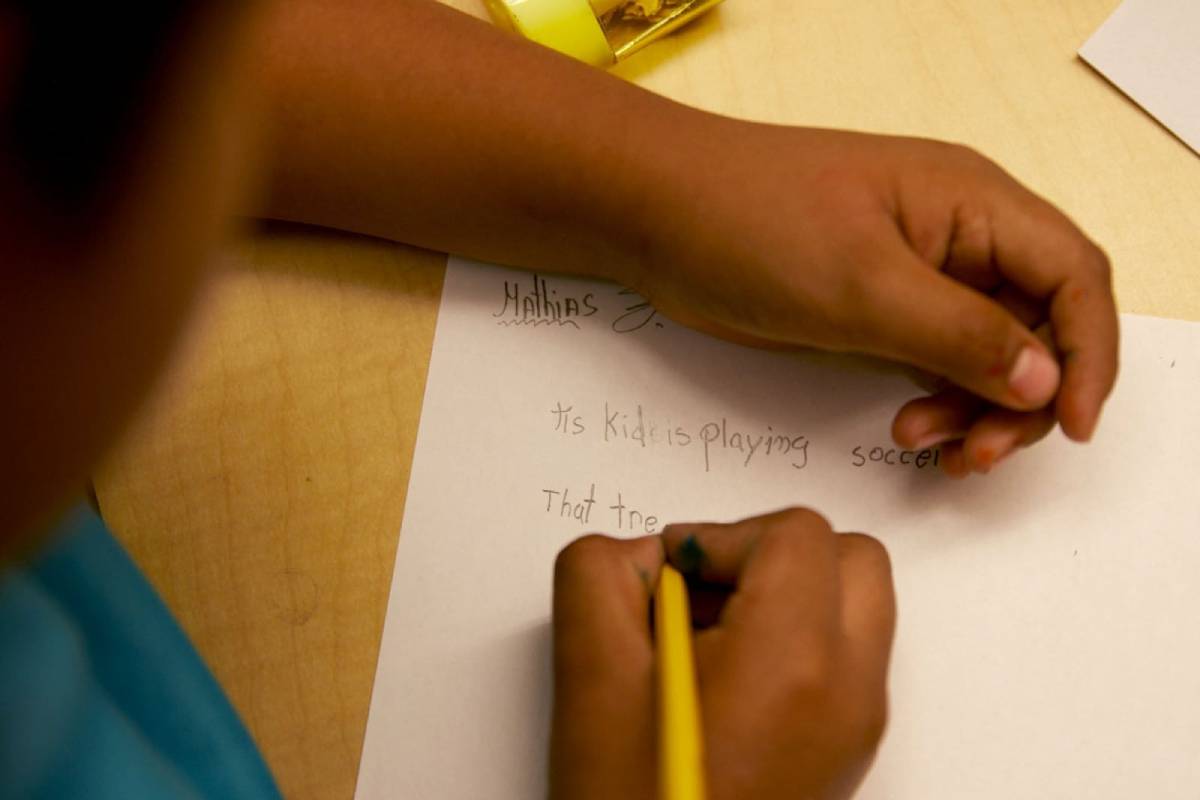This week on Looking Up Hal puts the moon in a different 'light'.

Can we talk about a dark subject? One that is lurking in the shadows? Because on the night of Friday, February 10th something very unusual and a little dark will rise in the east – the Moon!
Now, you say the Moon rising isn’t that unusual, and you are correct. But on the 10th, the Moon will rise sort of, kind of, in an eclipse! To be specific, the Moon will be slightly dimmer than usual due to an ongoing penumbral eclipse. But what does that mean?
When an object, let’s use the planet Mars in this example, passes in front of a distant star, the light from that star winks out seemingly instantly. Thus, any shadow, technically an eclipse, created by Mars of that distant stars’ light, would be complete and dark, instantly. That is because the star is so far away that it appears as a single tiny point of light in the sky. Pinpoint light sources equal instant and very dark eclipses.
But our Sun is much, much closer to us than any other star, and when we look at the Sun (which you shouldn’t do! I’m just making a point!), you don’t see the light as coming from a single point, but rather a disk of light. So, when the Earth passes in front of the Sun, relative to the Moon, and starts blocking light, it is gradually blocking more and more of that disk of light. Therefore, the shadow cast starts off as not too dark, and it gets darker and darker as more and more of the disk is blocked. When the disk is completely blocked we have a full, or “umbral” eclipse. But when only part of the disk is blocked, the shadow is not as dark, and we call that a ‘penumbral’ eclipse. And that is what you will see on February 10th. The Earth is blocking only some of the light from hitting the Moon, and so the Moon is only somewhat dimmer. A penumbral eclipse! So watch the moon rise, and see if you notice it isn’t as bright as usual.
If you’d like to take a closer look at the Moon or any of the wonderful and amazing things in the sky, please visit CSASTRO.org for a link to information on our monthly meetings and our free public star parties!
This is Hal Bidlack for the Colorado Springs Astronomical Society, telling you to keep looking up, Southern Colorado!








